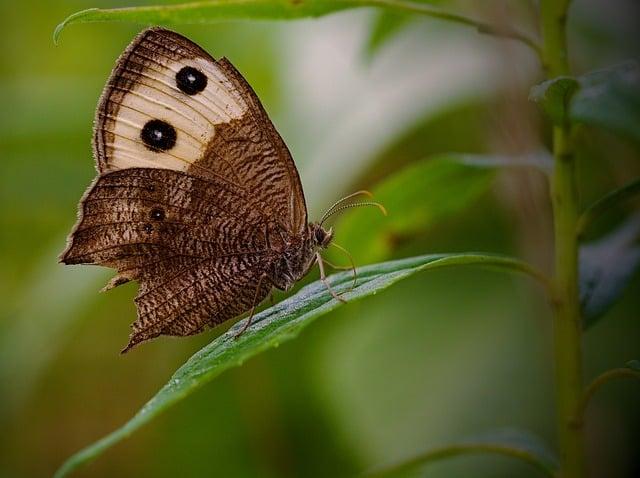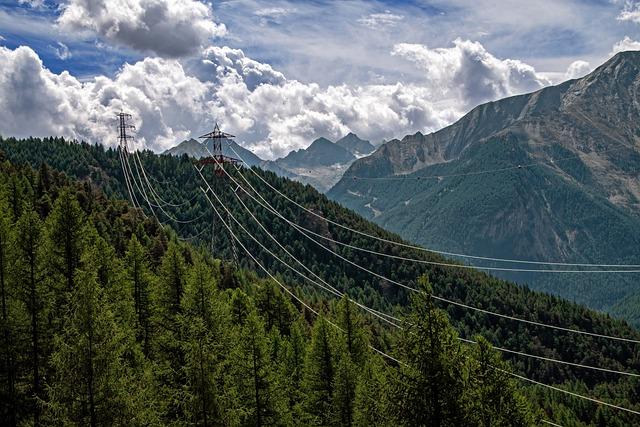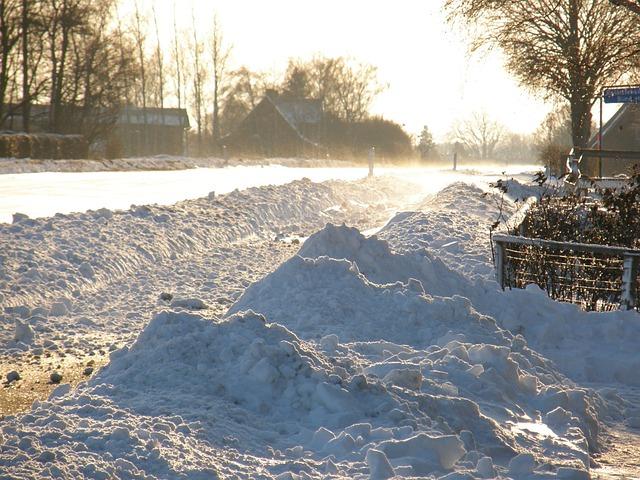Native vs. Non-Native Trees

Introduction:
When it comes to landscaping or environmental restoration projects, the choice between native and non-native trees is a decision that warrants careful consideration. Native trees are those that naturally occur and have evolved within a specific region, while non-native trees are species introduced to an area by human activity. Understanding the differences between these two categories is crucial in ensuring the success of planting initiatives and the preservation of local ecosystems. In this article, we will delve into the key distinctions between native and non-native trees, exploring their impacts on biodiversity, ecological resilience, and overall landscape management. By examining the advantages and potential drawbacks of each tree type, we aim to provide insights that can inform sustainable tree planting practices and foster a deeper appreciation for the role of trees in our environment.
References:
1. [1]
2. [2] Benefits of Planting Native Trees:
When considering the benefits of planting native trees, it is crucial to acknowledge their role in supporting local biodiversity and ecosystem health. Native trees have evolved over time to thrive in their specific environments, providing habitat and food sources for various wildlife species, from insects to birds. By planting native trees, we can help maintain a balanced ecosystem and preserve the natural heritage of our surroundings[2].
Challenges Posed by Non-Native Trees:
On the other hand, non-native trees can pose significant challenges to ecosystems. These trees may outcompete native species, leading to a decrease in biodiversity and potentially disrupting the delicate balance of local flora and fauna. Additionally, non-native trees may not provide the same level of support to local wildlife, further impacting the overall health of the ecosystem. Careful consideration is needed to prevent the negative effects of non-native tree species on the environment[1].
Ecosystem Impact: Native vs. Non-Native:
The choice between planting native or non-native trees can have a significant impact on the ecosystem. While native trees are better adapted to local conditions and support native wildlife, non-native trees can sometimes offer unique aesthetic qualities or specific functions. Striking a balance between incorporating both native and non-native trees in landscaping projects can help provide a diverse and resilient environment that benefits both people and nature[3].
Incorporating Both Native and Non-Native Trees:
To achieve a harmonious ecosystem, it is essential to carefully select and integrate both native and non-native tree species. By mixing native trees for their ecological benefits and non-native trees for their ornamental value or specific functions, we can create a balanced landscape that supports biodiversity while adding visual interest. This approach can enhance the overall sustainability and resilience of urban and natural environments alike.
Recommendations for Sustainable Tree Planting Practices:
To ensure the sustainability of tree planting practices, it is vital to prioritize the use of native species whenever possible. Conducting thorough research on the native trees that thrive in your region can help you make informed decisions that benefit the local ecosystem. Additionally, regular maintenance and monitoring of both native and non-native trees are essential to prevent the spread of invasive species and maintain a healthy balance within the environment. By following sustainable tree planting practices, we can create landscapes that are both beautiful and environmentally responsible.
Q&A
Q: What are native trees and non-native trees?
A: Native trees are species that naturally occur and have evolved in a specific region over thousands of years, while non-native trees are species that have been introduced to an area by humans either intentionally or accidentally. Native trees are typically adapted to the local climate, soil conditions, and wildlife interactions, whereas non-native trees may not have evolved to coexist harmoniously with the local ecosystem[1].
Q: What are the potential effects of non-native trees in a woodland environment?
A: Non-native trees have the potential to alter the character and species composition of woodlands. They can impact the biodiversity by outcompeting native species, disrupting ecological relationships, and potentially leading to a decrease in overall diversity and richness within the woodland[1].
Q: Why has the decision between planting native or non-native trees in urban green spaces become complex?
A: The decision-making process regarding planting native or non-native trees in urban green spaces has become complex due to conflicting viewpoints and objectives. Some argue for the importance of biodiversity and ecological integrity, favoring native species, while others may prioritize other factors such as aesthetics, resilience, or economic considerations. This complexity can lead to challenges in determining the best approach for enhancing urban green spaces[2].
Q: Is the preference for native trees always justified over non-native trees?
A: The preference for native trees over non-native species is not always justified, as it can perpetuate a biased understanding of what constitutes a valuable or desirable plant. While native trees play a crucial role in supporting local ecosystems, non-native trees can also provide benefits such as diversity, resilience to pests and diseases, and unique aesthetic qualities. It is essential to consider the specific context and objectives when choosing between native and non-native tree species[3].
Conclusion
when considering whether to plant native or non-native trees, it is essential to weigh the pros and cons carefully. Both options have their own advantages and drawbacks, as highlighted in the ongoing debate between the two. Your choice should ultimately align with your environmental values and the specific needs of your property. Native trees often support local ecosystems and wildlife, while non-native trees can sometimes disrupt these delicate balances. By making an informed decision based on these factors, you can contribute positively to the biodiversity and sustainability of your surroundings. For a more in-depth understanding of the topic, consider exploring the detailed perspectives shared in the sources provided[1][2][3].
Simpsons Tree Services, Servicing Melbourne’s North Eastern Suburbs
Book a quote online at www.simpsonstrees.com.au


